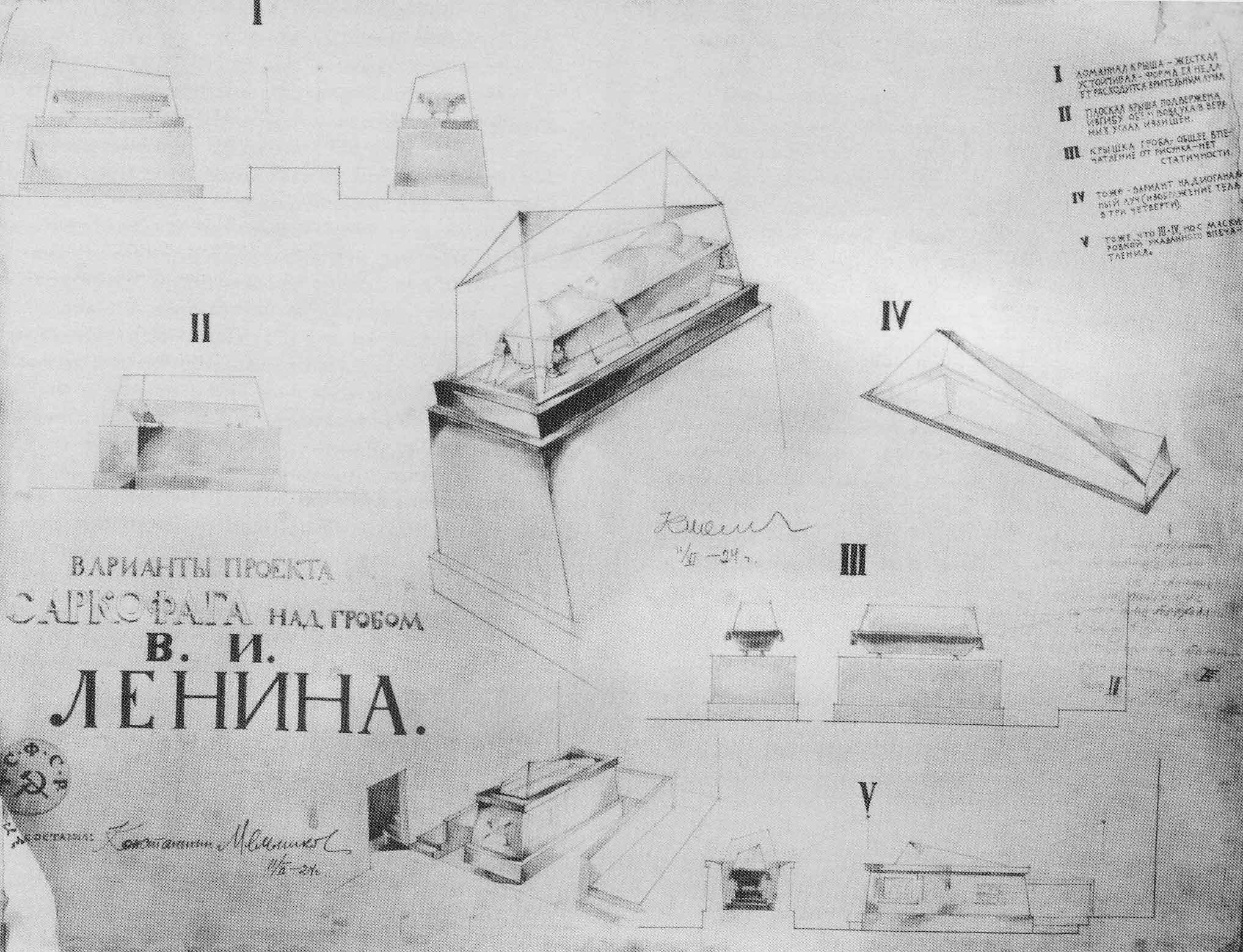Color photographs from 1931
 .
.
Image: A modernist staircase in a
workers’ club in Moscow (1931)

You know, this whole thing would have been much more of a fair fight and an interesting debate if any of these hysterics had actually bothered to read any Marx, Engels, Lenin, Luxemburg, Trotsky, etc. — figures in whose footsteps they claim to follow — rather than just regurgitate third-rate digest versions of these authors out of the Cliffite canon. If you’re really going to insist on being a “Leninist” today, it might help to have at least a passing familiarity with these authors’ writings, rather than desperately distort their work so as to confirm whatever it is you are doing already. Obviously, the famous revolutionaries from the history of Marxism mentioned above would find all the various grouplets of the Left today unrecognizable, bearing no relation whatsoever to the emancipatory project they either inaugurated or contributed toward. Yes, even the cryogenically-preserved consciousness of Trotsky himself (i.e., the Sparts).

My reaction to the latest hullabaloo — Muscovite worker taking a swig from a bottle while on break (1931)
That’s not the point, thankfully. While it may seem antiquarian in the Nietzschean sense, the reason for my “obsession with and curatorial affection for communism’s arcana and paraphernalia” is not some vain belief that this past, which they belong to, can be recreated or revived, but because they belong to a period when the Left actually mattered and played a significant role in world events. By comparison, the actually-existing Left of today — whether former advocates of a Living Marxism or self-declared members of “the (still-living) Left” — appears a rather shriveled, paltry thing. Sure, one could point out that there are X or Y number of doctrinally Marxist or avowedly leftist groups “still kicking,” slowly hemorrhaging its membership or amalgamating itself into the amorphous blob of “Left unity.” But what kind of “life” is that? If eking out some miserable, politically-irrelevant existence “carrying on the good fight” is what they call “living,” then I’m more than happy to admit to myself that I’m “dead.”
As things stand, I’m losing interest in satirizing or polemicizing against these intellectual pygmies. It’s just not worth the time or effort. Vintage Soviet alphabet-porn and ceramic Suprematist plateware are far more educational and spiritually uplifting (quite possibly even more revolutionary) than any of this nonsense.

Mel’nikov, Rusakov club (1931) — Where my erstwhile opponents should go: Школа Коммунизма
So now for something completely different:
Here are a few select examples of Moscow modernism taken from the fantastic album “Life in Moscow, 1931: Color photos.” Highly recommended for anyone who reads this blog. Thanks also to The Constructivist Project, whose Facebook page I encourage you all to “like,” for bringing them to my attention. Enjoy! Continue reading →
With lightning telegrams:
Like this:
Like Loading...


















































